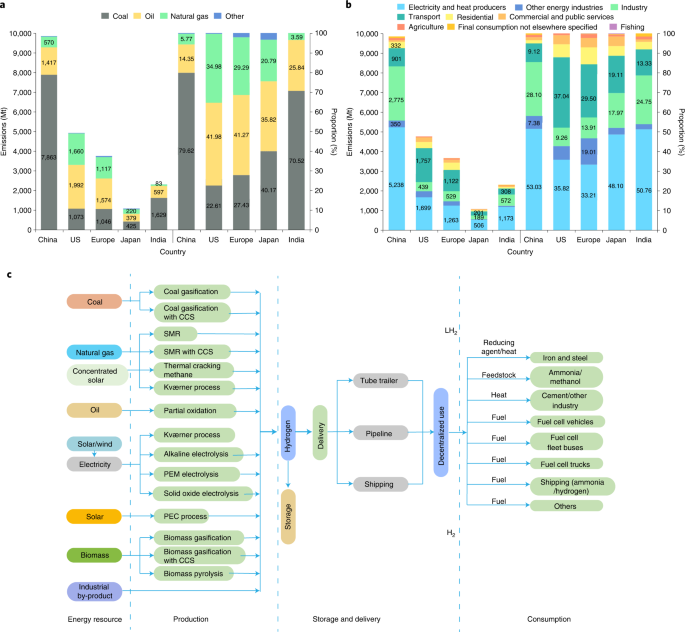2022-10-02 カリフォルニア大学サンタバーバラ校(UCSB)
ポリエチレンをプロピレンに変え、それを使って新しいポリマーを作ることで、プラスチックの循環型経済を構築することができる。
新しい研究にでは、世界のプラスチック消費の29%を占める2位と4位のプラスチックであるPEを、世界のプラスチック消費の25%近くを占める5位のプラスチックとしても知られるPPを製造するための主要成分である構成要素プロピレンに変える一連の結合触媒反応を発表している。
本研究は、95%以上の選択性でPEプラスチックをプロピレンにアップサイクルする概念実証を確立したものである。研究者らは、現在の技術で簡単にPPに変換できるプロピレンの連続フローを作り出すリアクターを構築し、この発見をスケーラブルかつ迅速に実行可能なものにした。
<関連情報>
- https://www.news.ucsb.edu/2022/020730/plastics-recycling-breakthrough
- https://pubs.acs.org/doi/10.1021/jacs.2c07781
によるポリエチレンのプロピレンへの変換によるケミカルリサイクル Chemical Recycling of Polyethylene by Tandem Catalytic Conversion to Propylene
Nicholas M. Wang, Garrett Strong, Vanessa DaSilva, Lijun Gao, Rafael Huacuja, Ivan A. Konstantinov, Mari S. Rosen, Alex J. Nett, Sean Ewart, Roland Geyer, Susannah L. Scott, and Damien Guironnet
Journal of the American Chemical Society Published:September 30, 2022
DOI:https://doi.org/10.1021/jacs.2c07781

Abstract
Although polyethylene (PE) and polypropylene (PP) are by far the world’s largest volume plastics, only a tiny fraction of these energy-rich polyolefins are currently recycled. Depolymerization of PE to its constituent monomer, ethylene, is highly endothermic and conventionally accessible only through unselective, high-temperature pyrolysis. Here, we provide experimental demonstrations of our recently proposed tandem catalysis strategy, which uses ethylene to convert PE to propylene, the commodity monomer used to make PP. The approach combines rapid olefin metathesis with rate-limiting isomerization. Monounsaturated PE is progressively disassembled at modest temperatures via many consecutive ethenolysis events, resulting selectively in propylene. Fully saturated PE can be converted to unsaturated PE starting with a single transfer dehydrogenation to ethylene, which produces a small amount of ethane (1 equiv per dehydrogenation event). These principles are demonstrated using both homogeneous and heterogeneous catalysts. While selectivity under batch conditions is limited at high conversion by the formation of an equilibrium mixture of olefins, high selectivity to propylene (≥94%) is achieved in a semicontinuous process due to the continuous removal of propylene from the reaction mixture.



